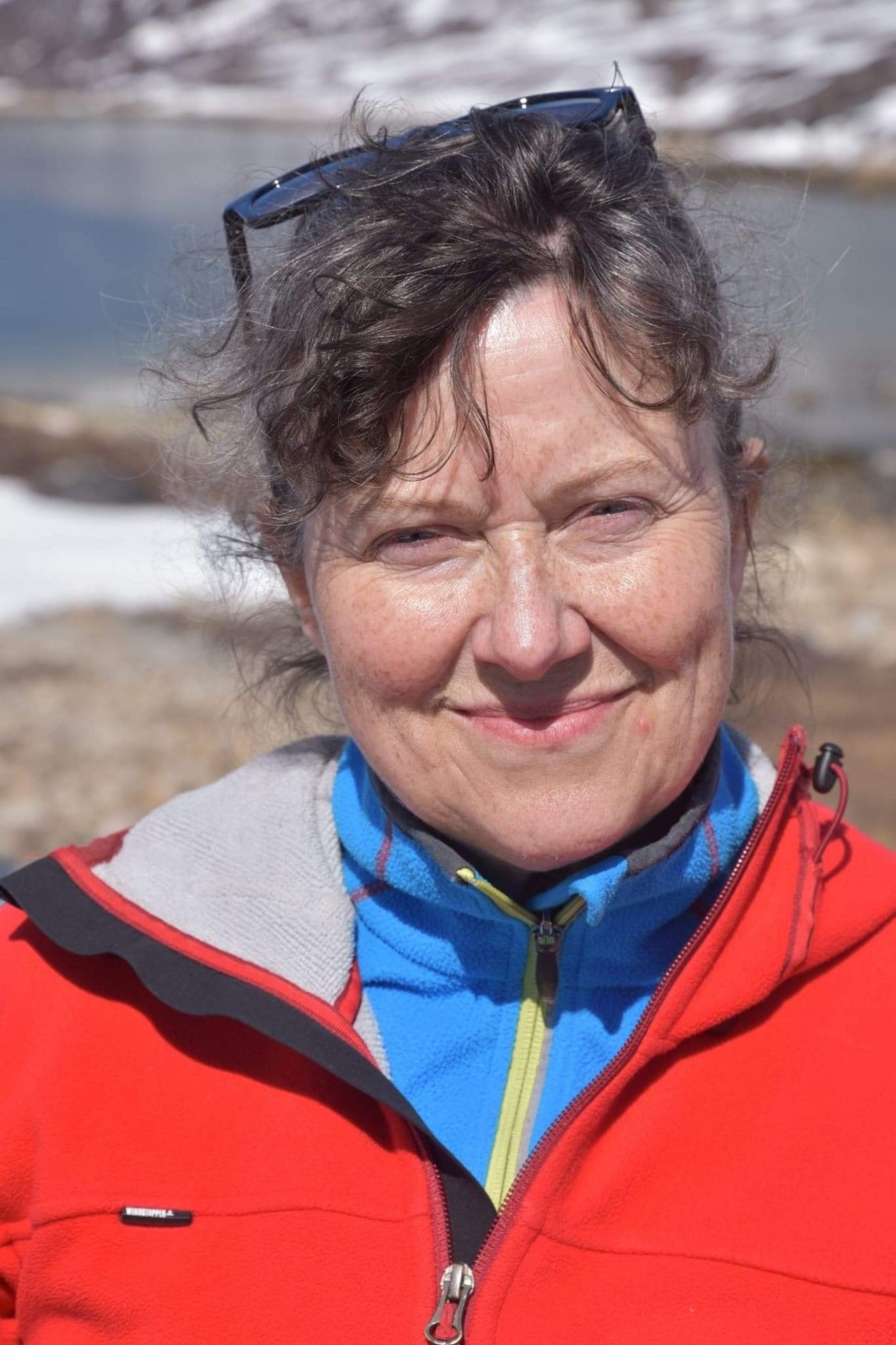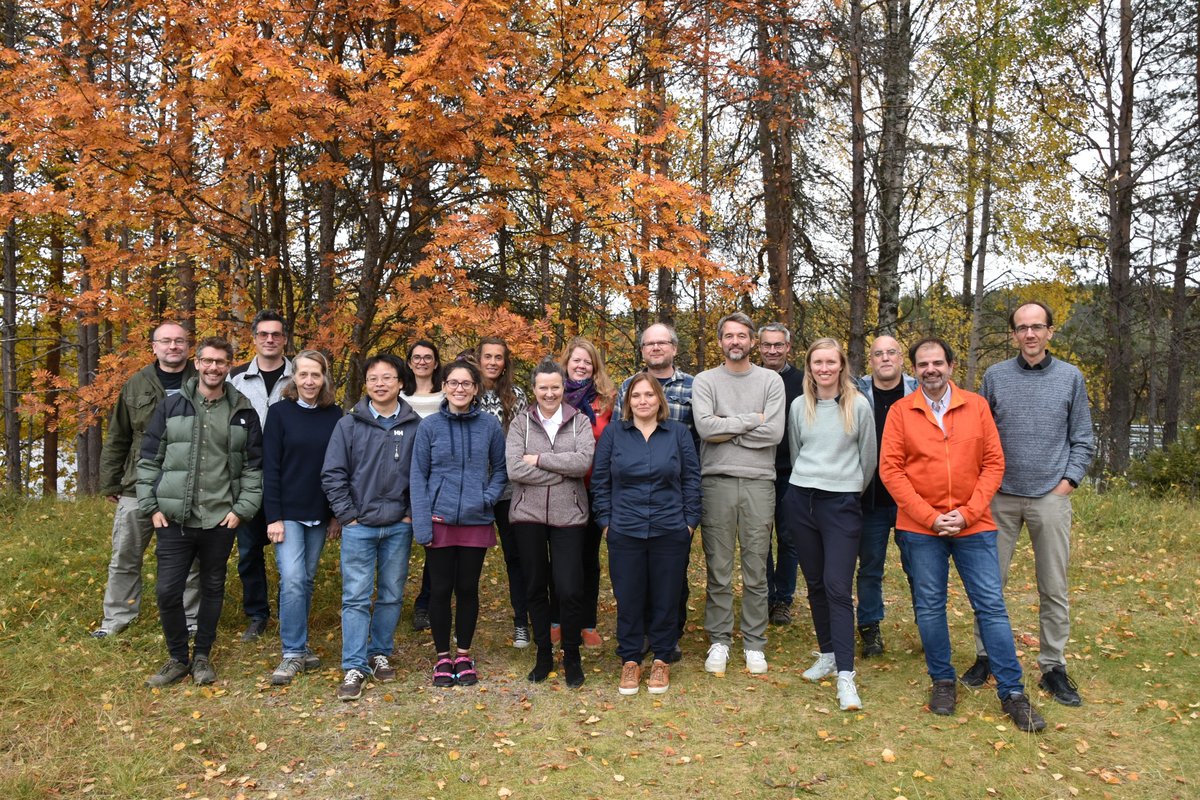“Image the impact and think backwards”
Lise Lotte Sørensen, senior researcher and head of section at the Department of Environmental Science, is one of the 16 coordinators from Aarhus University who have received a grant from Horizon Europe. The recipe for a successful application is – in addition to a good idea – a sharp focus on long-term impact.

You might need to take a few deep breaths before taking the plunge into one of the really big EU research application grants. When she saw the Horizon Europe call in the spring of 2021, Researcher Lise Lotte Sørensen certainly did. But at the same time, she was certain that this was one of the applications she simply had to write.
“The call was a really precise fit for my research field on greenhouse gasses, their movements and how they affect the climate over time,” said Lise Lotte Sørensen. One of the first things she did was contact her network research colleagues in Europe to form a consortium, with herself in the role of coordinator. She already knew a number of them from previous projects, which made the process of bringing all fourteen partners together across national boundaries less complicated, she explained.
AU at the forefront
The EU’s research and innovation programme Horizon Europe is designed to support projects that involve international collaboration and interdisciplinary solutions. Aarhus University has a good track record in the competition for Horizon Europe grants, having received 113 grants to date, including 16 Research and Innovation Action projects like the one Lise Lotte Sørensen is coordinating.
In this project, the participating researchers are investigating how Arctic ecosystems - marine, tundra and freshwater - absorb greenhouse gases, and how they are impacted by climate change and human activity.
New insight
Sørensen has a long list of research projects on her CV and no lack of experience in writing grant applications and winning research grants. Nonetheless, she said, the Horizon research grant application process taught her something new.
“We put a lot of time into to writing what we wanted to achieve scientifically. Put simply, we started backwards by first describing our goal and then how we we going to get there. This challenged us to spell out how the project will benefit society – which is termed outcomes and impact in the project. I found that the process of writing this application made me more aware of the purpose of my research. I do research to benefit society, not for the sake of other researchers,” Sørensen said.
A helping hand
Even though the research project is collaborative, there’s a lot of pressure on Sørensen as coordinator. So she’s grateful for the assistance provided by the Research Support Office from the very beginning of the application process.
“When you start a process like this, having a helping hand is hugely important. This came from my contact person at the Research Support Office, who made a detailed plan that described what she was going to do and what I needed to do when. So knowing that I had the support of an expert with deep insight into the Horizon Europe programme freed me to focus on taking the lead as the future grant recipient, having a strong vision and putting together the right team,” Sørensen explained. She hears from colleagues at other universities that many researchers hire in help from outside to deal with practicalities and legal assistance. Sørensen think that having these services available from the Research Support Office at AU is a big advantage.
“Looking back on the application process, my primary task was to pull together the scientific material and otherwise spend my time on what I do best, which is research. So I’d like to reassure anyone who’s worried about embarking on an EU grant application process. The administrative side of things is under control,” Sørensen stressed.
Lise Lotte Sørensen’s top three tips for the application process:
- Keep an eye on calls and get an early start, even though it may cost you a few weeks of your summer holiday.
- Work backwards – focus on outcome and impact – and describe how you’re going to get there.
- Accept all the help you can get from the Research Support Office.

Partners:
- Uppsala University (SE)
- University of Copenhagen (DK)
- University of Helsinki (FI)
- Lund University (SE)
- University of Liège (BE)
- University of Oulu (FI)
- Flanders Marine Institute (VLIZ) (BE)
- Natural Resources Institute (LUKE) (FI)
- French National Centre for Scientific Research (CNRS) (FR)
- University of Tromsø (NO)
- Max Planck Institute (DE)
- Greenland Institute of Natural Resources (GL)
Associate partners:
- University of Manitoba (CA)
- University of East Anglia (UK)
Facts about the project
The project will primarily draw on data from ICOS stations in northern Europe, and data collected in previous projects. New measurements will also be carried out at Young Sund in northeast Greenland and freshwater areas in northern Finland and Norway.
- Funding: The European Union, project no. 101056921
- Amount granted: EUR 7,555,182
- Project period: 1 July 2022 - 30 June 2026
Contact:
Senior Researcher Lise Lotte Sørensen
Department of Environmental Science, Atmospheric Measurements Section
lls@envs.au.dk
Tel: +45 3018 3119